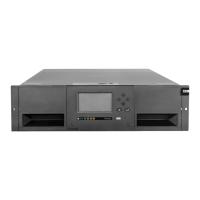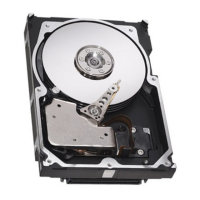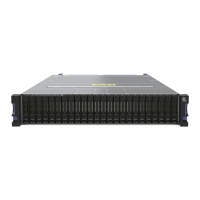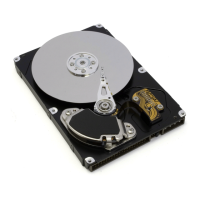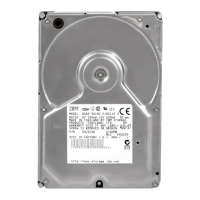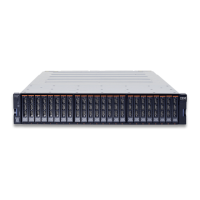SIM/MIM data as these activities occur. The system places this data in appropriate areas of the system
disk. Ask your customer to access this data for you, as you determine that it is necessary.
• The customer has the option of gathering several layers of trace data, and can disable automatic
gathering of error logging, volume logging, drive dumps, and SIM/MM data. IBM recommends that you
do not disable these items. Refer to the IBM Tape Device Drivers Installation and User's Guide, for
information about setting these options, accessing these les, and gathering this data.
See “TAPEUTIL in Linux system environment” on page 278 for information about the host attachment
software service tool tapeutil for Linux systems.
If the customer is not running the recommended IBMtaped daemon, some trace data, error data, and
dumps are still available. These items must be accessed from the host console with IBMtapeutil, as
follows -
Forcing a drive dump
This utility forces a dump operation on the tape drive. The customer or the service representative can
save the dump data to a le by using the Read Dump utility.
To access this utility, start IBMtapeutil, and choose Service Aids Command and Force Dump. You also
can issue the following command to access this utility:
IBMtapeutil -f /dev/IBMtape0 forcedump
Reading a dump
This utility transfers the dump data from the device to a le, a diskette, or a tape cartridge. It follows a
force drive dump operation.
To access this utility, start IBMtapeutil, and choose Service Aids Command and Dump Device. Another
option is to issue the command:
IBMtapeutil -f /dev/IBMtape0 dump [filename]
If the le name is not specied, you can use the default dump0001.dmp. All the dump les are stored
under the current directory.
Automatically retrieved SIM/MIM data
If a condition occurs in the drive that creates drive SIM/MIM data, IBMtaped retrieves the data and saves
it in a le named IBMtapex.timestamp.simmim. IBMtapex is the device special le (for example,
IBMtape1, or IBMtape2). Timestamp reflects the time that the le was created. Each time SIM/MIM data
is obtained, it is written to a new le. Your customer might forward SIM/MIM data to you for analysis.
The SIM/MIM data is stored in the /var/log directory, by default. Your customer might specify another
directory in the /etc/IBMtaped.conf le.
For information on SIM/MIM analysis, see “Service and Media Information messages (SIMs and MIMs)”
on page 39.
Error Log Analysis - Linux system
Error information is written into the error log le. The maximum capacity is 1 MB. The Linux command ar
archives trace information when the le size increases to be greater than 1 MB. This Linux command
creates the IBMtape.a le and places it in the same directory. In the archive, the le is renamed to
IBMtape.errorlog.timestamp. Timestamp is the time that the le was archived.
Your customer might change the directory to which the error-logging information is written and the
default maximum size of the error log le by modifying settings in the IBMtaped.conf le. Refer to the
instructions in the IBMtaped.conf le for details.
When the IBMtaped daemon is running, error logging is enabled if tracing is enabled. The IBMtaped
daemon, by default, is logged at /var/log/IBMtape.errorlog, unless the customer placed it in
Messages
69
